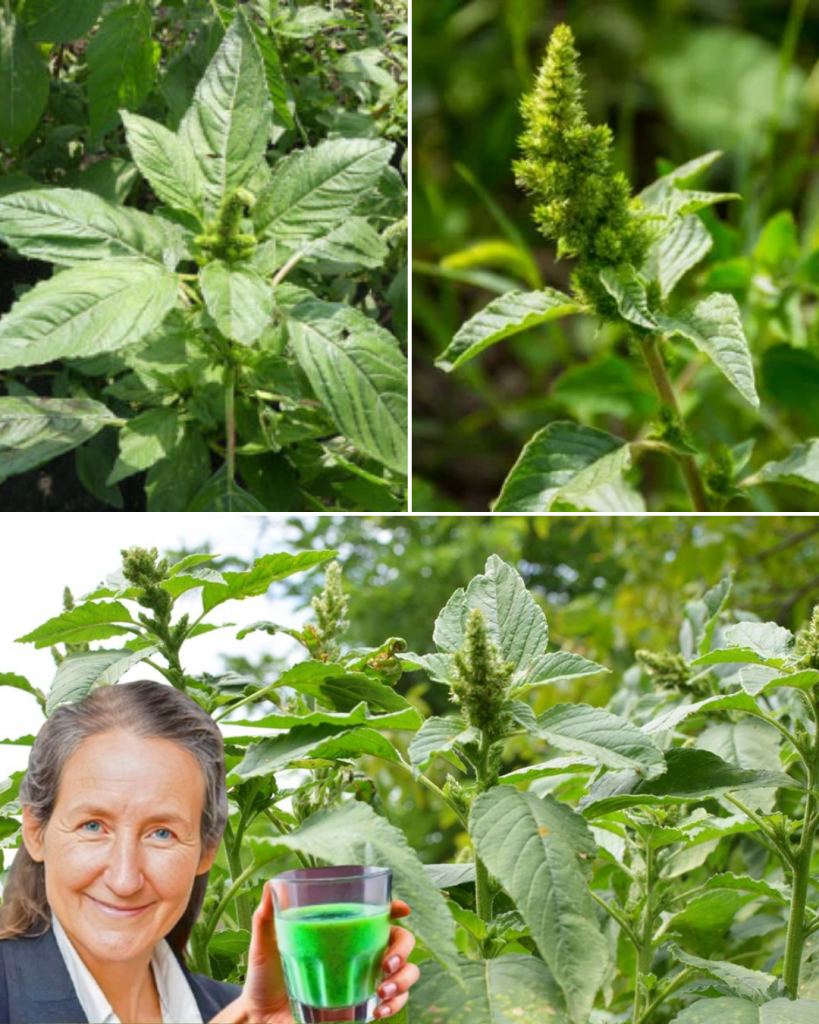
🌱 Harvesting and Safety Tips
To safely enjoy pigweed:
- Harvest Young Leaves: Pick tender, young leaves for the best flavor and texture; mature leaves can be bitter.
- Avoid Pesticides: Forage from clean, untreated areas like organic gardens, not roadsides or sprayed fields.
- Wash Thoroughly: Rinse leaves and seeds to remove dirt or contaminants.
- Cook to Reduce Oxalates: Pigweed contains oxalates, which may contribute to kidney stones in susceptible individuals. Cooking reduces oxalate levels.
- Allergy Check: Try a small amount first to ensure no allergic reactions, especially if new to pigweed.
- Moderation: Overconsumption may cause digestive discomfort due to high fiber or oxalates.
⚠️ Precautions for Safe Use
- Kidney Stones: Those prone to kidney stones should limit intake or cook pigweed to lower oxalates. Consult a doctor if concerned.
- Medication Interactions: Pigweed’s high vitamin K may affect blood thinners; check with a healthcare provider if on such medications.
- Identification: Ensure proper identification, as some look-alike plants may be toxic. Use a foraging guide if unsure.
✨ Why Pigweed Is Your New Superfood
Pigweed is proof that nature’s most overlooked plants can be its most powerful. From its complete protein and fiber to its antioxidant-rich profile, this “weed” delivers benefits that rival kale or quinoa. Sustainable, affordable, and versatile, pigweed supports immunity, heart health, digestion, and more, all while adding flavor to your plate. Next time you spot pigweed in your garden, don’t pull it—harvest it! Embrace this nutritional powerhouse and let it transform your health.
Ready to try pigweed? Share your favorite recipes or foraging tips in the comments. Let’s celebrate this hidden gem together!
Disclaimer: Pigweed is a natural food, not a medical treatment. Consult a healthcare professional for health concerns, especially if you have kidney issues or are on medications.
